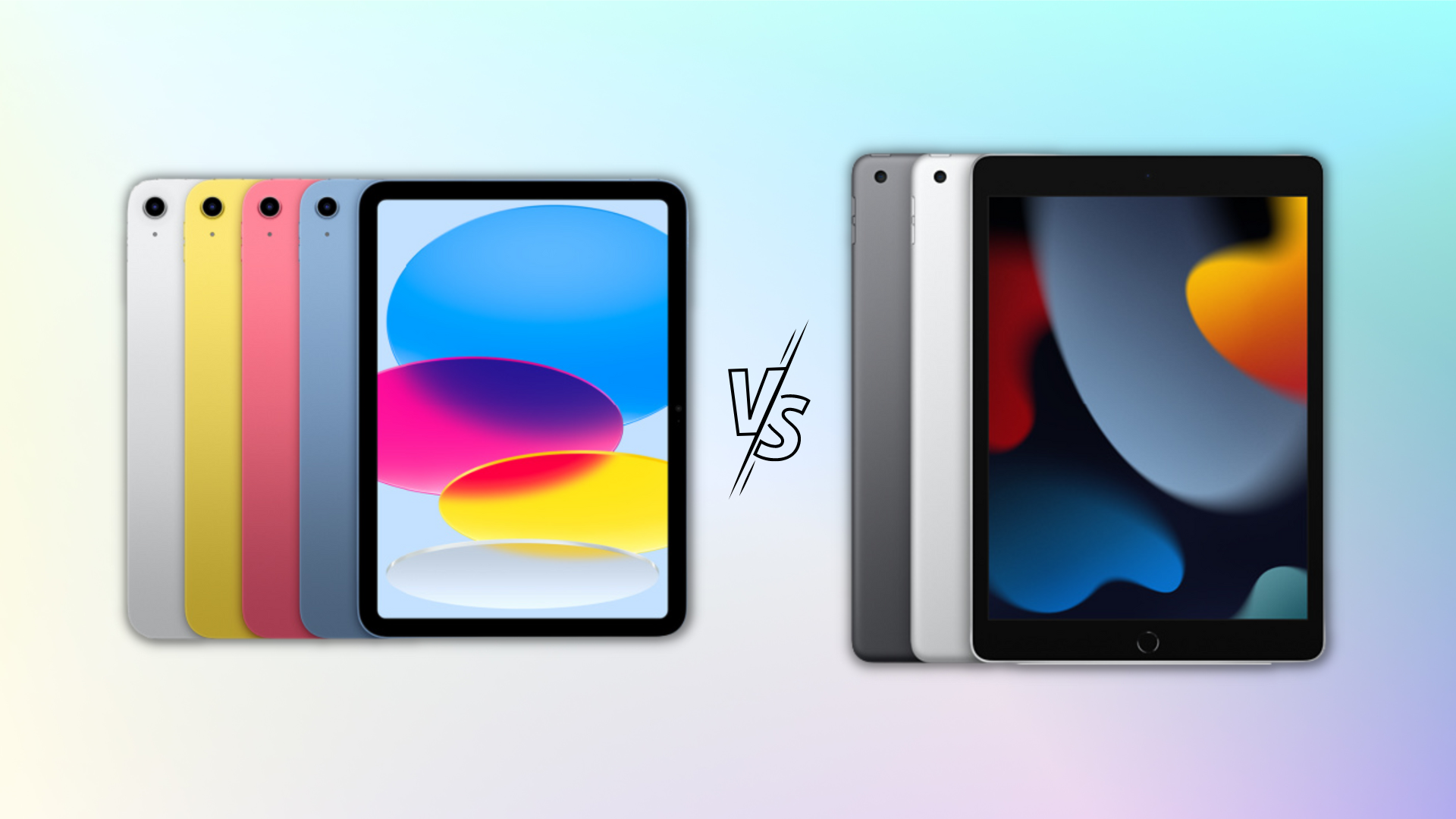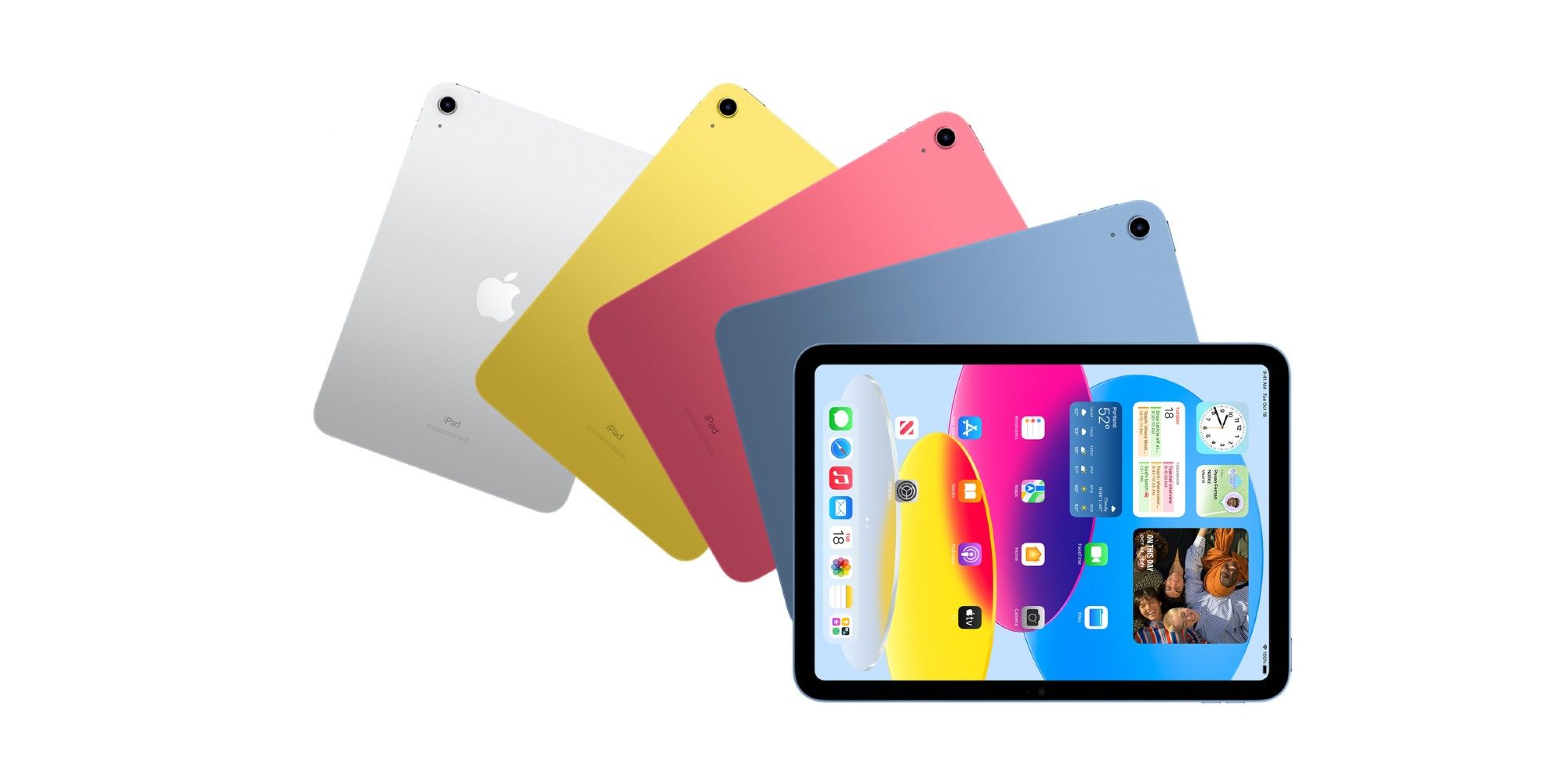Apple has released a new entry-level tablet, the iPad 10th Gen, which comes with many improvements over the iPad 9th Gen, but are they enough to switch? Currently, Apple sells four different lineups of the iPad, including the regular iPad, the smaller version, the iPad Mini, the slightly better version, the iPad Air, and the best-in-class iPad Pro.
While the iPad Pro is excellent for professionals who want a powerful device on the go, the vanilla iPad has been the popular choice among students and casual users for years. It offers the utility and features of the iPadOS at an affordable price while providing more updates than the competition.
The iPad 10th Gen and the iPad 9th Gen have a similar LED IPS display with 264 pixels per inch resolution, True Tone technology, and a peak brightness of 500 nits. However, the latest iPad comes with a slightly larger 10.9-inch Liquid Retina display with symmetrical bezels (like the iPad Air), compared to the boxy 10.2-inch Retina display on the previous iPad. In addition, Apple makes the new iPad 10th Gen in four vibrant colors: Blue, Pink, Silver and Yellow. In contrast, the iPad 9th Gen comes in only two colors: Silver and Space Gray. And yes, the newest model in the iPad lineup does not come with the good old Home Button. Instead, the power button on the top right of the display doubles as the device's biometric sensor.
Processor, Camera, And Improvements
It's not only the appearance that has changed with the iPad 10th Gen; there's a new chipset on the inside as well. Compared to the aging A13 Bionic chipset on the iPad 9th Gen, the A14 Bionic on the new iPad provides faster performance, makes it better at graphics-heavy tasks and unlocks 4K video recording up to 60 frames per second. In addition, the latest iPad comes with new camera hardware, including a 12MP f/1.8 sensor on the rear with support for Smart HDR 3 (8MP on the previous model), and the first for an iPad, a landscape 12MP ultrawide sensor on the front. Both devices are suitable for media consumption, but the speaker placement (one on each side) on the 10th Gen iPad should provide a better hearing experience. Further, the new model also supports Bluetooth v5.2 instead of Bluetooth v4.2 on the older one.
The iPad 10th Gen comes with a Type-C port, which enables native DisplayPort support that relays videos to external displays. Since the iPad 9th Gen has a Lightning port, it cannot do that. Even the data transfer speeds are pretty low. Although both the iPads support the first generation of Apple Pencil, users will have to connect it via an adapter on the new iPad with a USB-C port. Both iPads are rated to last 10 hours of surfing the web and come with a 20W USB-C Power adapter.
So, for $449, is the iPad 10th Gen a considerable upgrade for users of the iPad 9th Gen? Given that the iPad 9th Gen was released last year and will get the iPadOS 16 soon, it is wise for users to hold off for another year or two before they upgrade. Additionally, the two models have a significant price gap, so sticking with the iPad 9th Gen would be better.


